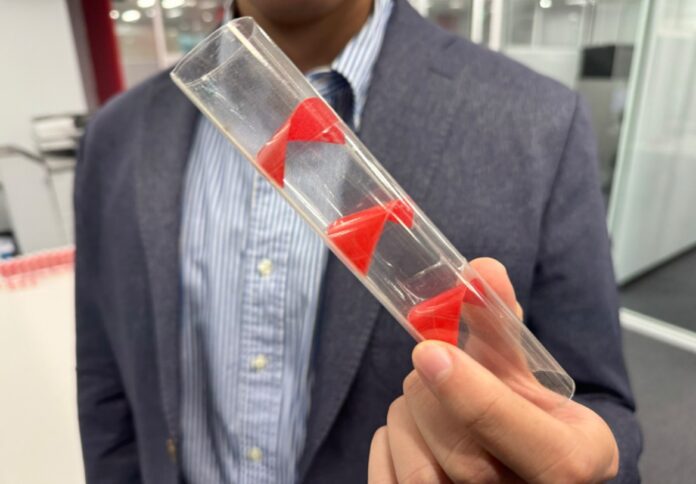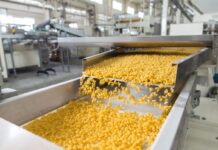
A team of engineers at RMIT University has unveiled an innovative tubular system that uses origami-inspired techniques to create strong, flat-packable building materials.
The breakthrough, designed by lead researchers Dr Jeff (Ting-Uei) Lee and Distinguished Professor Mike (Yi Min) Xie, aims to revolutionise the way structural materials are transported and assembled, RMIT said in a news release.
The system is based on curved-crease origami, a method that uses curved crease lines in folding to create self-locking tubes that pop up into strong, functional shapes.
According to Lee, the inspiration for the tubular structure came from bamboo, which naturally features internal reinforcement.
“This self-locking system is the result of an intelligent geometric design,” said Dr Lee from RMIT’s School of Engineering.
“Our invention is suitable for large-scale use — a panel weighing just 1.3 kg, made from multiple tubes, can easily support a 75 kg person.”
Already widely used in various industries, flat-pack tubes have applications in biomedical devices, aerospace, robotics, and civil construction.
The new system simplifies and speeds up the assembly process, allowing the tubes to transform automatically into a locked, rigid state.
This innovation also offers potential in settings such as disaster recovery, where rapid deployment of robust structures is critical.
Professor Xie emphasised the practical advantages of the system.“Our research not only opens up new possibilities for innovative and multifunctional structural designs, but it can also significantly improve existing deployable systems,” he said.
One potential application could be improving the tubes used in NASA’s deployment of solar arrays.
“These tubes are hollow though, so they could potentially deform under certain forces in space. With our new design, these booms could be a stronger structure.”
The research, published in the prestigious Proceedings of the National Academy of Sciences (PNAS), includes contributions from RMIT’s Drs Hongjia Lu, Jiaming Ma, and Ngoc San Ha, along with Associate Professor Joseph Gattas from the University of Queensland.
Looking ahead, the team said it aims to refine its design by extending the self-locking feature to various tube shapes and exploring how these tubes perform under different forces.
They also plan to experiment with new materials and manufacturing techniques.
“We plan to improve our smart algorithm to make the tubes even more adaptable and efficient for different real-world situations,” said Xie.



















